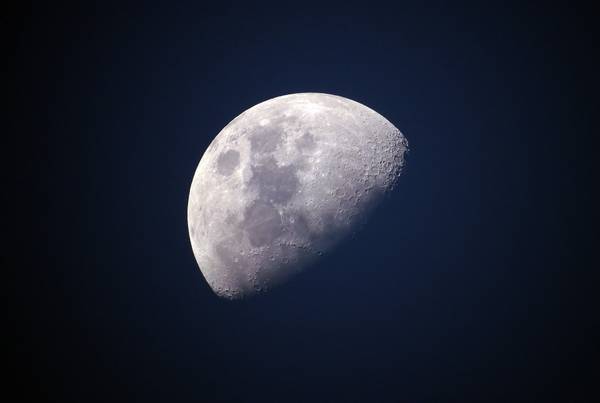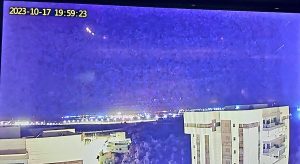A rocket on course to collide with the moon on March 4 was misidentified as a SpaceX Falcon rocket stage and is most likely from a previous Chinese lunar mission, according to NASA.
Bill Gray, an independent researcher specialising in orbital dynamics and a producer of astronomical software, was the first to reveal the object currently on course to strike the moon.
In 2015, he identified it as the second stage of a SpaceX Falcon rocket, which launched the US Deep Space Climate Observatory, or DSCOVR, the same year. Asteroid spotters had named the object WE0913A, and it had passed by the moon two days after DSCOVR’s launch, he said.
Also Read | Astra’s first launch from Florida goes awry; NASA CubeSat payload lost
“I and others came to accept the second-stage identification as correct. The object was roughly the brightness we’d expect, had appeared on schedule, and was travelling in a decent orbit,” according to Gray’s website.
Other space specialists and NASA, which said it was tracking the rocket’s trajectory, agreed with his judgement.
After speaking with Jon Giorgini of NASA’s Jet Propulsion Laboratory over the weekend, Gray admitted that he had gotten the object’s origins wrong. While NASA’s Jet Propulsion Laboratory doesn’t track space debris, it does keep careful watch of a lot of operational spacecraft, including DSCOVR.
Also Read | With 112th success in a row, SpaceX’s Falcon 9 is reaching for the stars
“Jon pointed out that the DSCOVR spacecraft’s course was not very near to the moon, according to JPL’s Horizons system. If the second stage flew right by the moon while DSCOVR was in another area of the sky, it would be a little weird. There is typically some separation, but this seemed unusually enormous,” Gray remarked.
According to a NASA, “analysis led by NASA’s Jet Propulsion Laboratory’s Center for Near-Earth Object Studies suggests the object expected to contact the far side of the Moon on March 4 is likely the Chinese Chang’e 5-T1 rocket launched in 2014.”
Also Read | ISRO to launch Chandrayaan-3 in August, 19 other missions scheduled
Gray claimed he went back over his data and came up with a new explanation: The object, he added, was the third stage of China’s Long March 3C rocket, which was used to launch the country’s lunar orbiter in 2014.
On March 4, the rocket stage is projected to hit the moon at 7:26 am ET. The impact, however, will occur on the far side of the moon and will not be visible from Earth. On impact, the rocket will most certainly disintegrate, leaving a crater measuring 10 to 20 metres in diameter.







